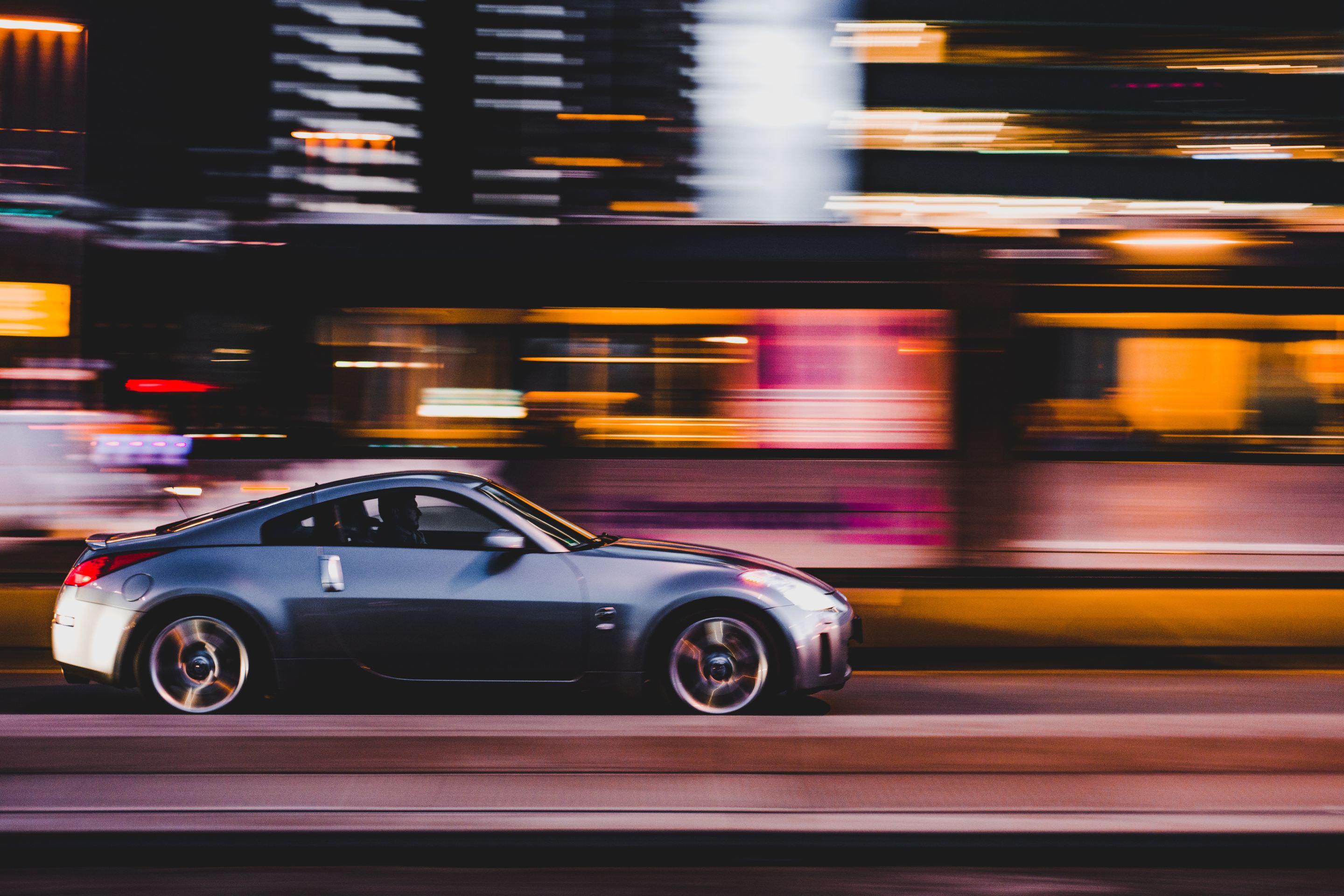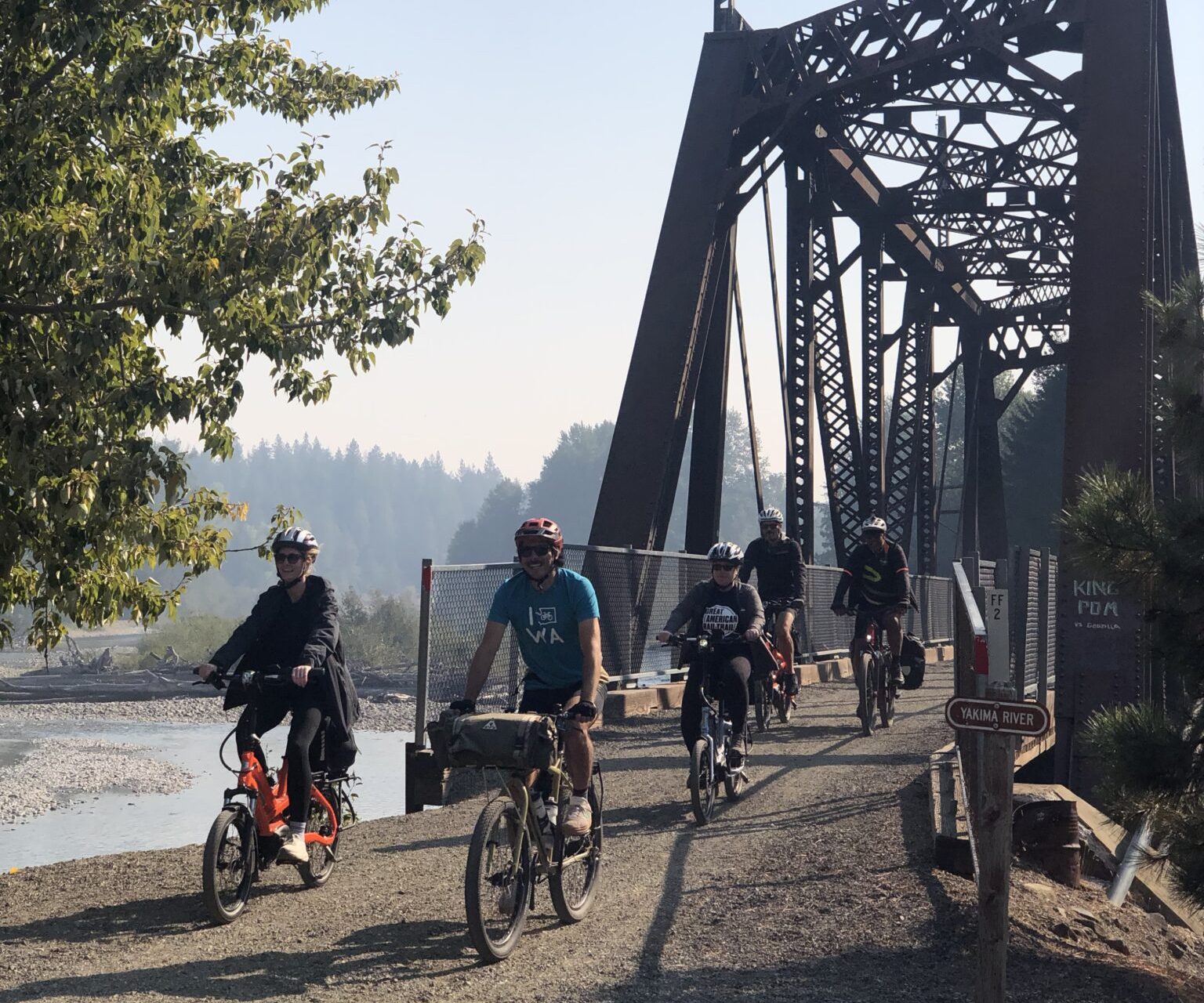Let’s get one thing clear: People of color ride bikes. They commute to work on bikes. They ride for pleasure. It saves them money and time, and it keeps them healthy.
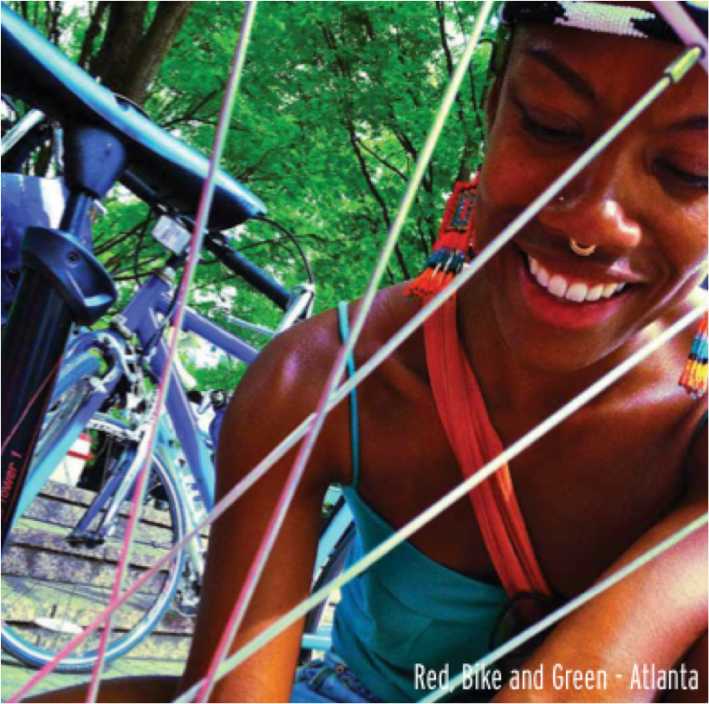
But they may not show up at the Tweed Ride or the city council hearing on bicycle infrastructure. And cycling is still a divisive issue in many cities, with some high-profile instances of community leaders charging that bike lanes are for white people, at the expense of everyone else.
Why the disconnect?
“Nobody is against safer streets in their neighborhood,” said Hamzat Sani, equity and outreach fellow at the League of American Bicyclists. Cycling organizations just haven’t done a good job communicating the message that streets that are safer for cyclists are safer for everyone.
“There’s not an explicit hate for biking among communities of color,” Sani said. “Give any kid a bike and they’re going to enjoy it. What’s a problem is when there’s a lack of engagement in the beginning of a process for putting in a bike lane, and then afterwards, a too-late outreach effort is made to smooth over the conflict that has arisen.”
About a year ago, Sani was living in Atlanta and working with the Atlanta Bicycle Coalition. “There weren’t a lot of cyclists of color in the Atlanta area,” he said, “or at least there weren’t a lot of visible cyclists of color out there.”
He co-founded an Atlanta chapter of Red, Bike and Green, an Oakland-based organization that builds community among people of color around bicycling. “So we launched the chapter of Red, Bike and Green as an opportunity to encourage more people of color to cycle," Sani said, "with the idea being that if they see a group of cyclists doing it, they’d be interested in hopping on board.”
Indeed, 38 percent of African-Americans say their perception of bicyclists would improve if people on bikes represented a “broader cross section of Americans, such as women, youth and people of color” in their community.
According to a new report by the League of American Bicyclists and the Sierra Club called “The New Majority: Pedaling Towards Equity,” Red, Bike and Green isn’t the only grassroots group making that connection.
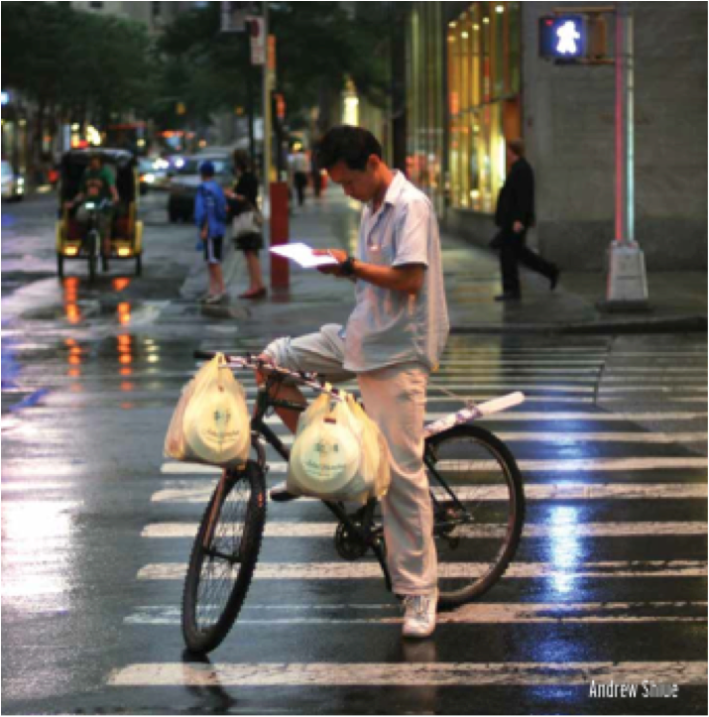
In Los Angeles, Multicultural Communities for Mobility (formerly Ciudad de Luces) works to provide safe bicycling tools to immigrant workers. DC’s Black Women Bike creates community around group rides, trying to show young black girls that people who look like them ride bikes, and they can too. New York City’s Biking Public Project shines a light on the needs of delivery bicyclists, who ride the city’s streets all day and night but are “invisible” in cycling communities – and, often, on the streets, lacking lights and protective gear.
People of color have, in fact, taken up cycling at a fast clip, according to numbers from the FHWA's National Household Travel Survey. Bike mode share doubled among African-Americans between 2001 and 2009, compared to 22 percent growth among whites. By 2009, nearly a quarter of all bike trips in the U.S. were made by people of color. But the surge of safe biking infrastructure in many cities hasn’t kept up in neighborhoods populated by minorities and low-income people.
It’s not that they don’t want it. In 2011, a Centers for Disease Control survey found that 50.5 percent of black respondents and 40.6 percent of Hispanic respondents said neighborhood features like sidewalks and pedestrian-scale lighting were “very important” in determining their level of physical activity, while just 26.9 percent of the white people surveyed gave that answer. People of color disproportionately supported federal funding for these transportation priorities and were far more likely than whites to express willingness to take action on these issues – by writing a letter or even running for elected office.
While safe, dedicated infrastructure for bicyclists is a significant source of encouragement for all riders, it appears to be especially key in communities of color. According to "The New Majority," 26 percent of people of color said they’d like to ride more but worry about safety in traffic, compared to 19 percent of whites.
Putting bike infrastructure in communities of color signals a recognition of the fact that bicycling is good for their communities, their health, and their household budgets, and that local governments want to prioritize making it safer, easier, and more enjoyable for people to do it.
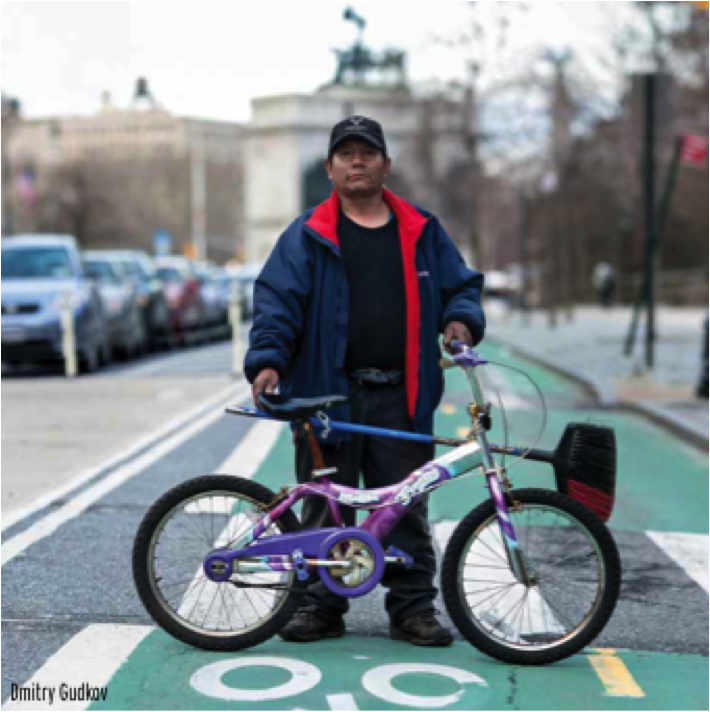
Unfortunately, communities of color often lack for safe infrastructure. “Data gathered by the Los Angeles County Bicycle Coalition revealed that neighborhoods with the highest percentage of people of color had a lower distribution of bicycling facilities,” the report says, “and areas with the lowest median household income ($22,656 annually) were also the areas with the highest number of bicycle and pedestrian crashes.”
If you build safe infrastructure, they will ride. Sixty percent of people of color and those earning less than $30,000 per year said more bike trails and lanes would encourage them to ride more. Education about safe riding skills, secure bike parking, and riding clubs are all part of the mix that stimulates greater ridership.
Communities of color may have the most to gain from safe cycling. The obesity epidemic has hit their communities hard: Close to 40 percent of Latino and African American children ages 2 to 19 are overweight or obese, compared to 28 percent of white children, according to the report.
And with bicycling, low-income people can avoid spending more than 40 percent of their take-home pay on their commute to and from work, as the nation’s poorest families do today. As the report points out, “The annual cost of owning and operating a bicycle is $308 compared to $8,220 for the average car.” Blacks and Latinos also often work off-peak hours in the service industry, during hours when transit service is infrequent or nonexistent.
If one major deterrent to riding is that people don’t see anyone else riding who looks like them, that could all be changing now, as bicycling rates soar among people of color.
Some day, there will be a tipping point. Maybe that day is already here.
